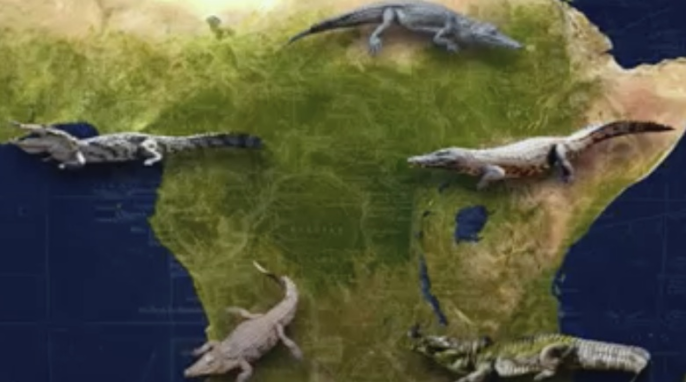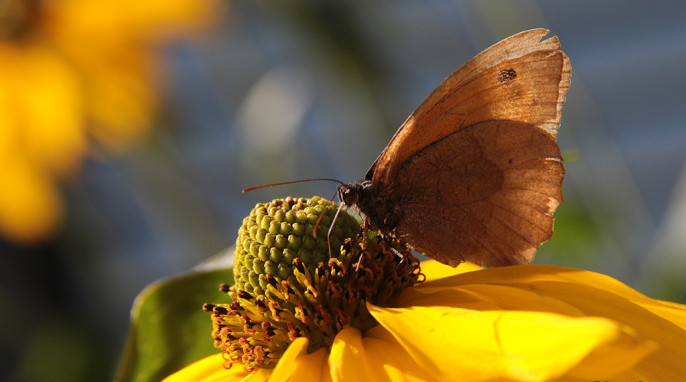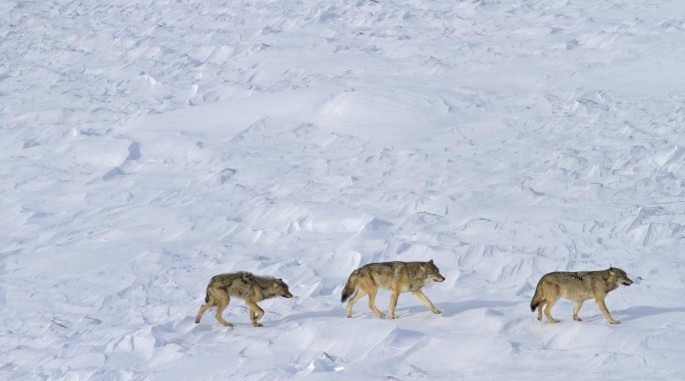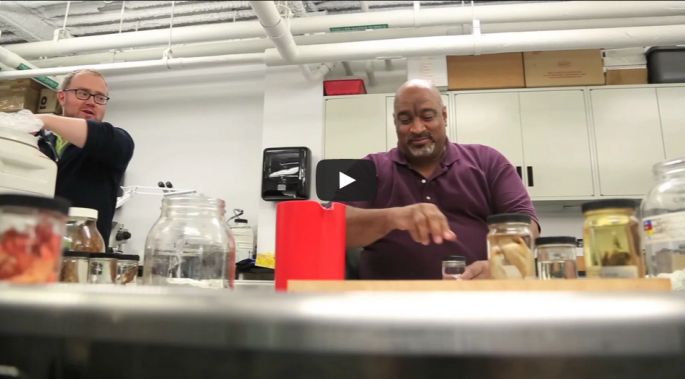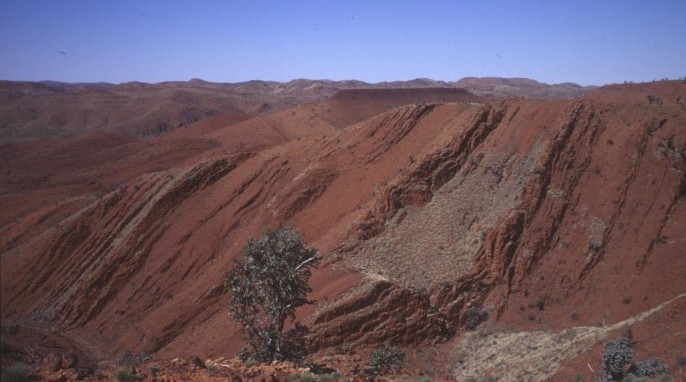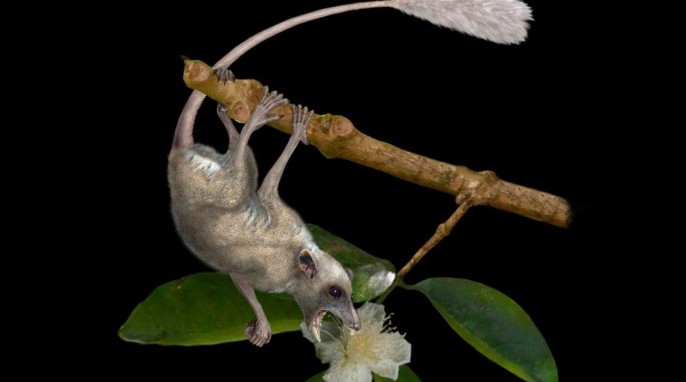Shelf Life Video: Screening Biodiversity
Scientists at The American Museum of Natural History explain why managing biodiversity is a key component in managing endangered species. This video is another in the Shelf Life series from the American Museum of Natural History. Even though one and a half million species of organisms have already been named and described, they represent just a tiny portion of the biodiversity of our planet. Having a distinct genetic identity is important because more variation tends to be better in the face of the changing world. And when populations get small and isolated…
Read More
